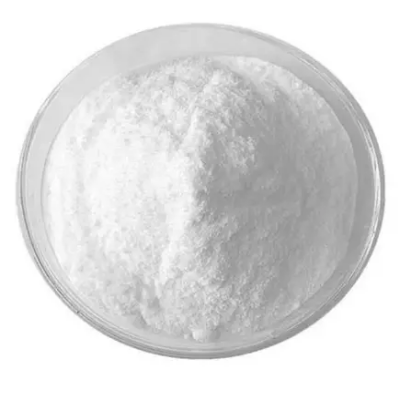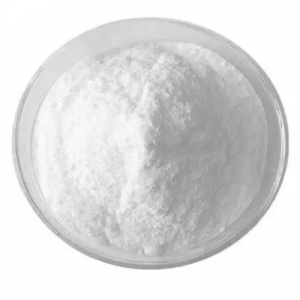3-Methyl-8-bromoxanthine CAS:93703-24-3
3-Methyl-8-bromoxanthine holds significant importance in biochemical research and drug development due to its unique properties and structural characteristics. This compound serves as a vital tool in studying enzyme kinetics, signal transduction pathways, and cellular processes related to cyclic nucleotide signaling. In biochemistry, 3-Methyl-8-bromoxanthine is utilized as a potent and selective inhibitor of phosphodiesterase enzymes, particularly phosphodiesterase type 4 (PDE4). By modulating intracellular cyclic AMP levels, this compound helps elucidate the role of cyclic nucleotides in cellular signaling cascades and physiological responses. Pharmaceutical studies benefit from 3-Methyl-8-bromoxanthine's ability to influence intracellular signaling pathways and gene expression profiles. Its pharmacological properties make it a valuable tool for investigating the therapeutic potential of PDE4 inhibitors in treating inflammatory diseases, respiratory disorders, and central nervous system conditions. Moreover, 3-Methyl-8-bromoxanthine serves as a molecular probe for studying adenosine receptors, adenylyl cyclases, and protein kinase A (PKA) signaling pathways. Its interactions with these key regulatory proteins help researchers understand complex cellular mechanisms and develop novel strategies for targeted drug interventions. The compound's application extends to exploring the role of cyclic nucleotide signaling in neuronal function, synaptic plasticity, and neurodegenerative disorders. Researchers leverage 3-Methyl-8-bromoxanthine to investigate cAMP-mediated processes in the brain, contributing to advancements in neuroscience and drug discovery targeting neurological conditions. Overall, 3-Methyl-8-bromoxanthine's versatility and pharmacological significance make it a valuable asset in biochemical and pharmacological research. Its role in modulating cyclic nucleotide signaling pathways, inhibiting phosphodiesterase activity, and probing cellular responses highlight its broad utility in advancing our understanding of biological systems and developing innovative therapeutic approaches for various diseases.



| Composition | C6H5BrN4O2 |
| Assay | 99% |
| Appearance | white powder |
| CAS No. | 93703-24-3 |
| Packing | Small and bulk |
| Shelf Life | 2 years |
| Storage | Store in cool and dry area |
| Certification | ISO. |





![[3-(4-Fluoro-phenyl)-isoxazol-5-yl]-Methanol CAS:206055-89-2](https://cdn.globalso.com/xindaobiotech/1ZNB2ZF342ZWRNG244.png)



